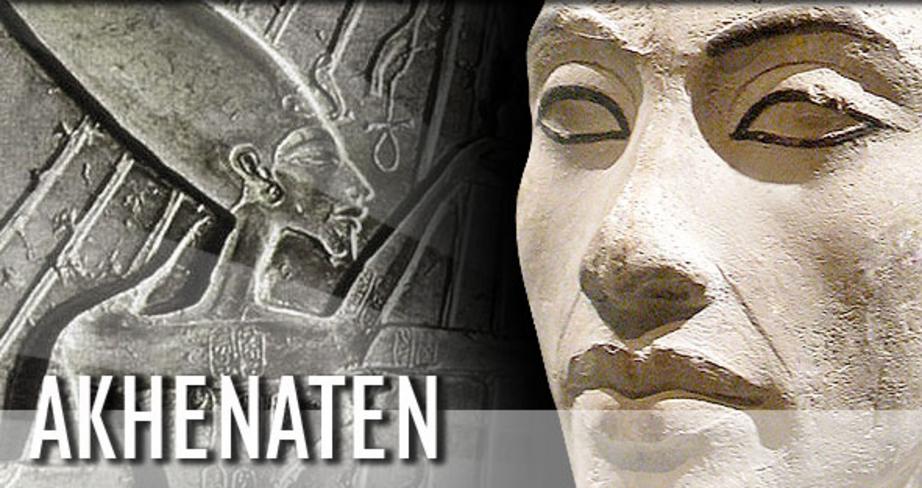Was the heretic Pharaoh Akhenaton in fact the father of modern monotheism?
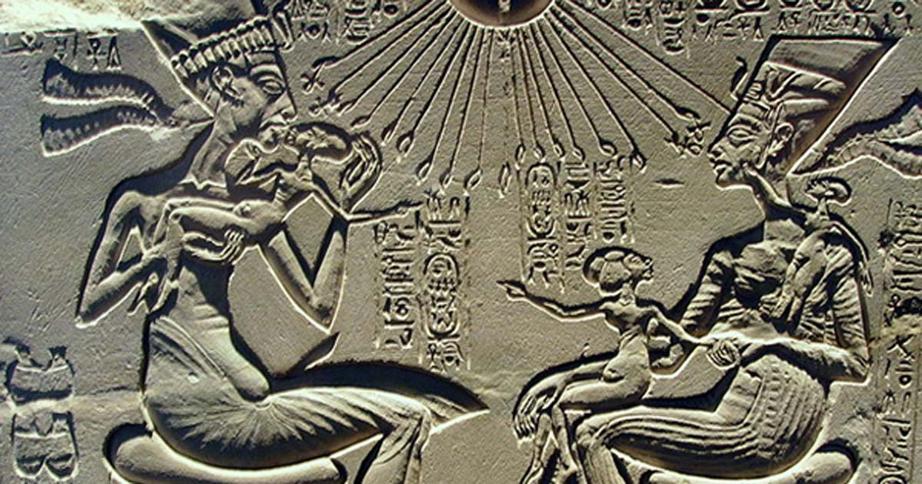
How plentiful it is, what you have made,
Although they are hidden from view,
Sole god, without another beside you;
You created the earth as you wished,
When you were by yourself,
Mankind, all cattle and kine,
All beings on land, who fare upon their feet,
And all beings in the air who fly with their wings.
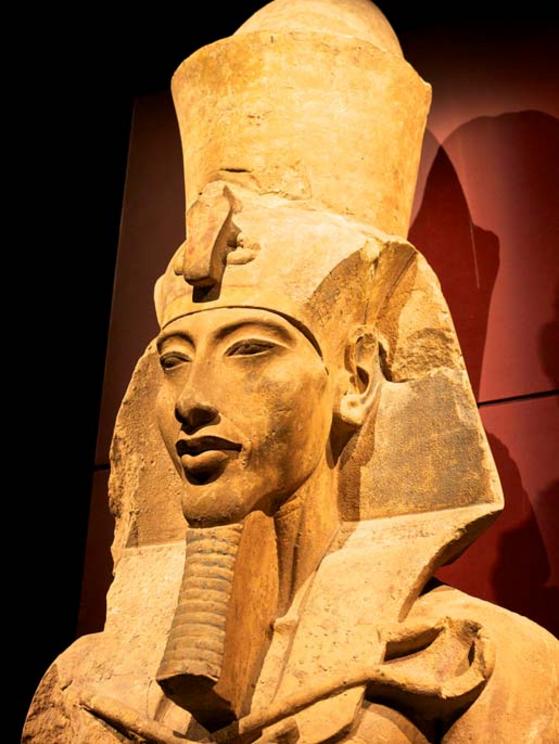 Statue of Akhenaten - Father of Tutankhamun
Statue of Akhenaten - Father of Tutankhamun
This passage may read like a passage from the Old Testament of the Bible; but, this is a quote from the Hymn of Aten, a work by Pharaoh Amenhotep IV better known as Akhenaton. This so-called heretic king was the only known Pharaoh in Egyptian history who believed in a monotheistic doctrine when most of the ancient world adhered to polytheism.
Just how did this Pharaoh start to form the practice of worshiping a single god?
Religion in Egypt Before the Sun God Aten
Religion seemed to dominate every aspect of ancient Egyptian culture. Before pharaonic times, there were a variety of deities worshiped in various districts throughout Egypt. It wasn’t until the First Dynastic Period under King Narmer that the country was unified. Religion too was unified, but there wasn’t an official canonization of gods that minimized or eliminated the importance of lesser gods. Instead, deities were cosmopolitan – all of the gods of Egypt were recognized as an important part of the pantheon. This created some confusion and some overlap in beliefs but still no hegemony of deities seemed to exist in ancient Egypt.
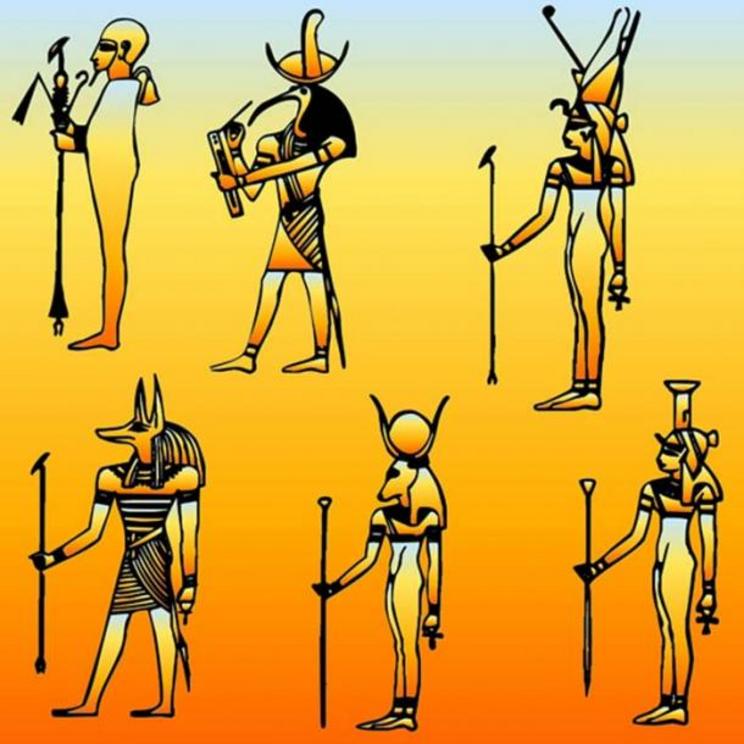 Representations of six gods from the Ancient Egyptian Pantheon
Representations of six gods from the Ancient Egyptian Pantheon
This codification of religion brought a substantial change in kingship. The birth of the concept of a Pharaoh emerged in which the king was no longer just a civil ruler but a part of the divinity – the godhead to be precise. The new god-king ruled in conjunction with Ra, or Amen-Ra, and he was often depicted as a powerful man with a falcon head nested upon his head with cobra surrounding the sun.
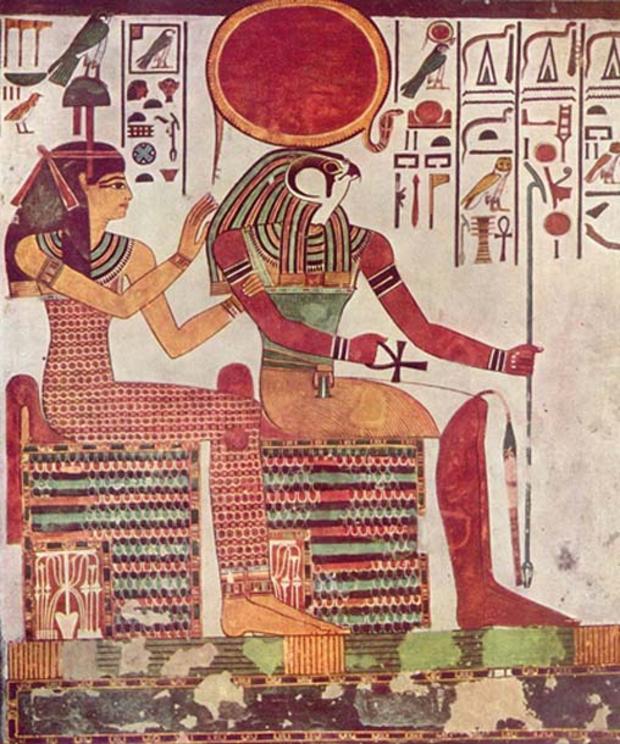 Imentet and Ra from the tomb of Nefertari, 13th century BC
Imentet and Ra from the tomb of Nefertari, 13th century BC
With this uncontested rule of the god-king came another important change. The role of the priests became much stronger and more dominant. Unlike today’s priests, they weren’t charged with guiding the masses. Instead, they were the keepers of tradition and played an integral part in appeasing the gods and goddesses through rituals and sacrifice. During the 18th dynasty, there was a temple created in Amen-Ra’s honor and Thebes became the city representing a unified Egypt, after a brief takeover by the Hyksos. The Pharaohs of this era paid homage to this god by incorporating the name Amen in their names, hence Amenhotep.
The Sun-Disk Pharaoh Emerges
By the time Amenhotep IV took the throne, pharaonic Egypt was in full swing. Rituals and traditions of the priests had been set in stone for many generations. Pharaohs simply assumed authority and let the priests do all the work while they enjoyed the finer things. This didn’t sit well with Amenhotep IV, however. Unlike his predecessors or even his successors, he was unhappy with tradition and was especially disgusted with the power of the priesthood. Whether Amenhotep IV unhappiness was due to him being fed up with Egyptian decadence or him being tired of the priests control over the Pharaohs is uncertain. But one thing for sure is that after five years of his reign he set out to turn Egyptian religious practices upside down and because of his divine authority, no one could stop him.
One of the first things he did was abandon the name Amen-, a name associated with a god he now despised – and changed his name to Akhenaten. Aten was the name of the sun disk god he now embraced as the only god. He then moved the capital from Thebes to Amarna. Most likely this move represented a break from the old and freedom from the authority of the priesthood. He then employed agents who outlawed the worship of other deities and forced the people to recognize only one god. To ensure that the people would follow his orders, he closed the Temple of Amun and defaced all of the deities in the temple.
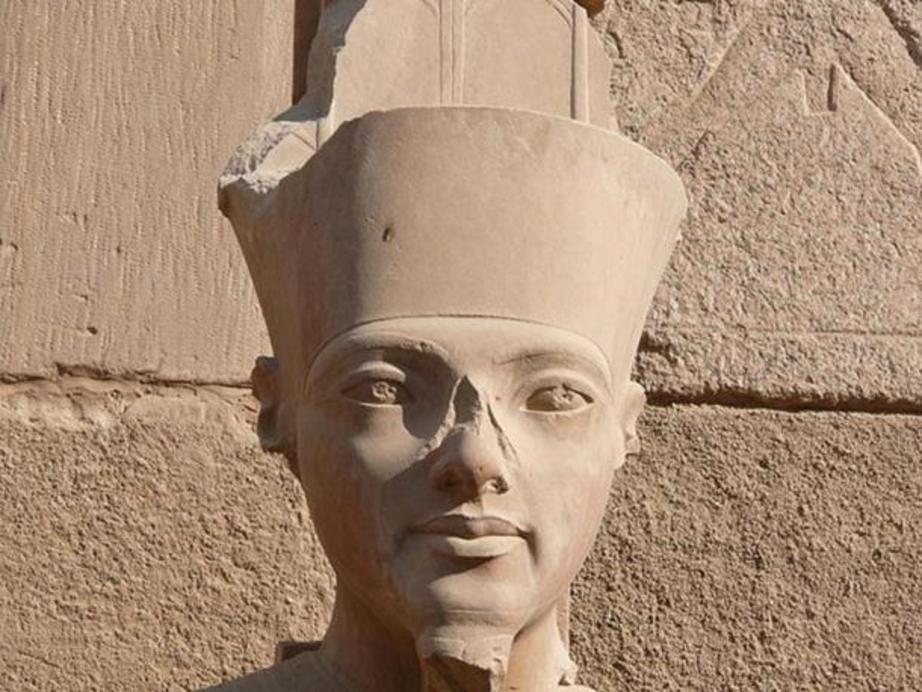 Statue of Amun
Statue of Amun
Life After Aten
Akhenaten’s religious fervor was undoubtedly strong during his lifetime and his cronies supported his desire to spread the power and influence of the Aten religion. Unfortunately, upon his death, the religion of Aten faded as swiftly as it had come. Akhenaten’s reign became a historical mockery. Even depictions of him seemed to mock his figure – oval eyes, high cheekbones, pot belly, frail build. Artisans and historians alike worked to minimize Akhenaten’s significance, not by writing him out of history or art; but making him look like a madman with unusual laws and an unusual appearance. The power of Egypt was restored to Thebes, the priesthood was reestablished, and even Akhenaten’s son defied his father’s teachings and reembraced the religion of Amun.
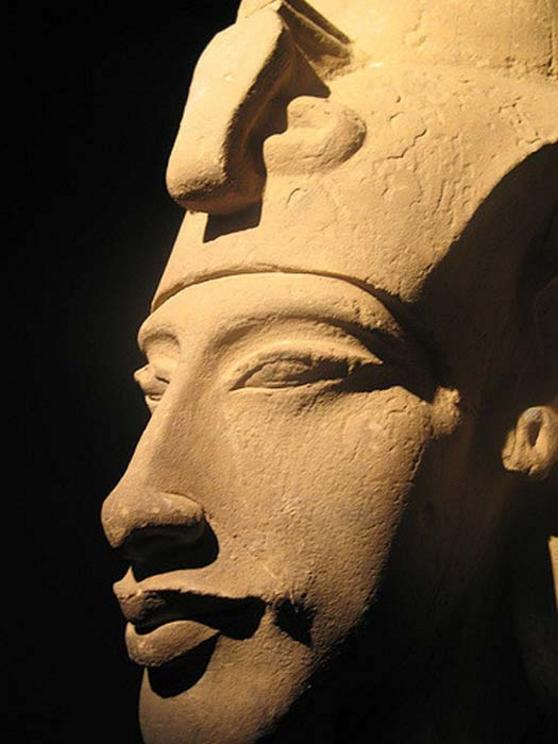 The exaggerated features of Akhenaton
The exaggerated features of Akhenaton
Could Akhenaton be Moses?
Akhenaten certainly seemed like a religious zealot devoted to a single god. Perhaps his passions were divinely inspired or maybe they centered on a more worldly aim of absolute power and control free of the priesthood’s influence. One man seems to imply that Akhenaten’s motives stemmed from the fact that he was Moses himself – the man depicted in the old testament of the Bible. Ahmed Osman - author of Moses and Akhenaton: The Secret History of Egypt at the Time of the Exodus - is convinced that archaeological and Biblical evidence prove that Akhenaten and Moses were the same man.
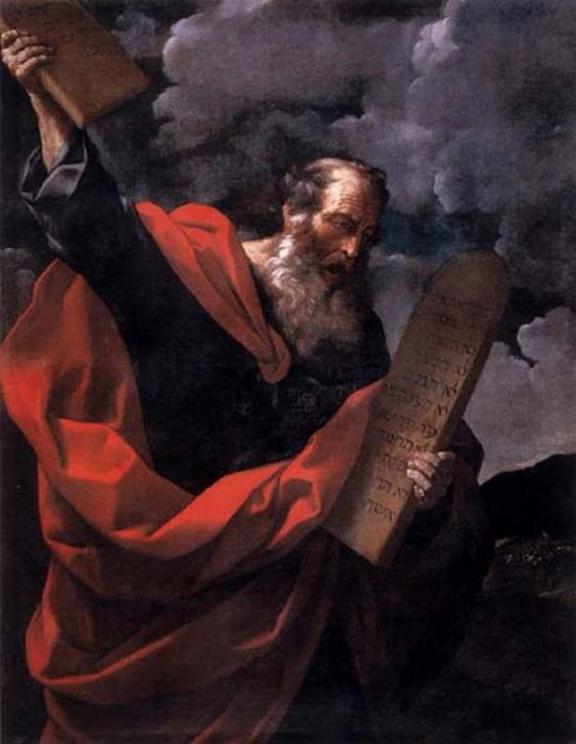 Moses with the Tables of the Law, Guido Rene
Moses with the Tables of the Law, Guido Rene
For the rest of this article please go to source link below.
For full references please use source link below.

